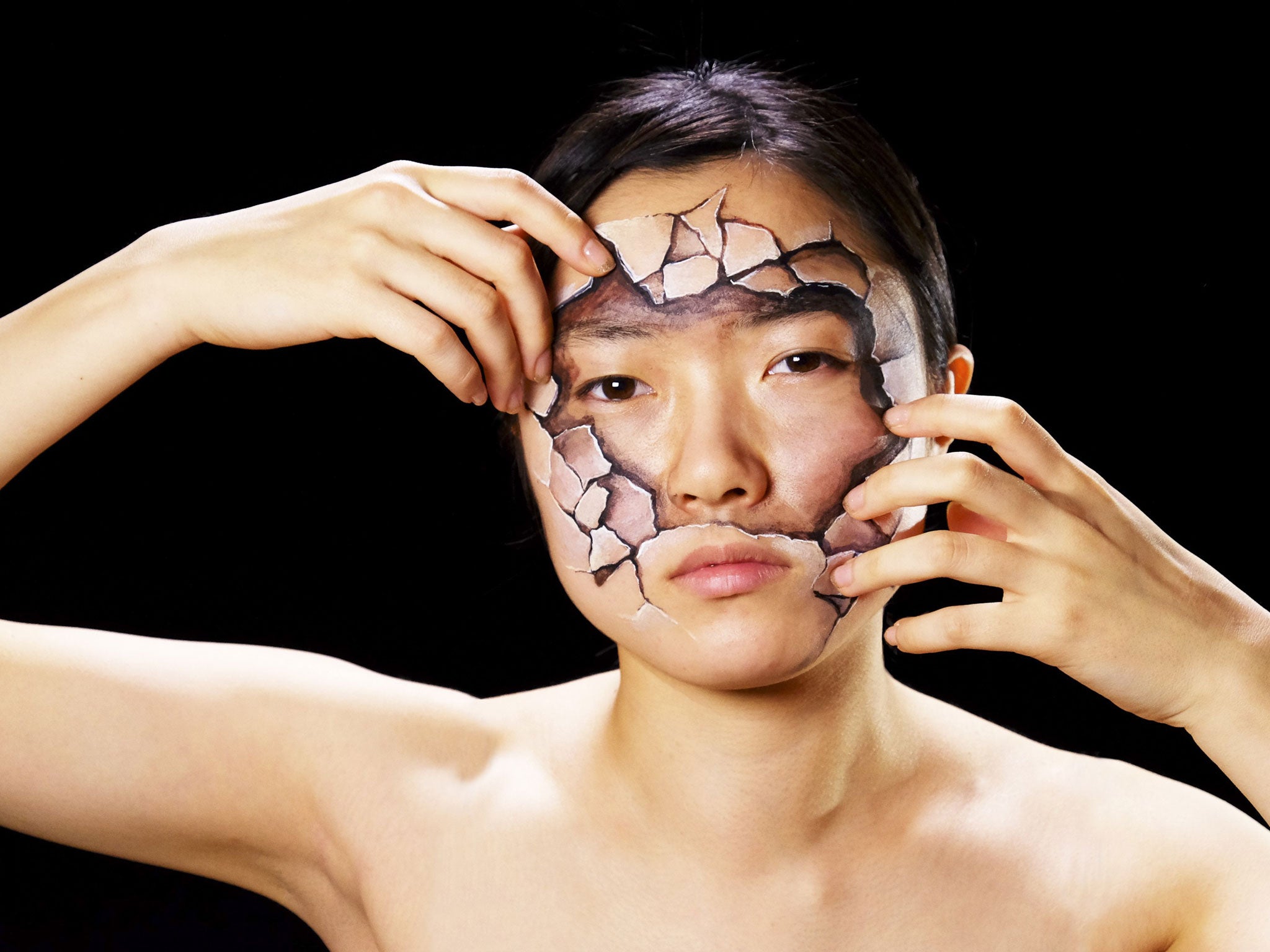Hikaru Cho paints models for Amnesty International's 'My Body My Rights' campaign
Charity launches global campaign ahead of International Women's Day

Your support helps us to tell the story
From reproductive rights to climate change to Big Tech, The Independent is on the ground when the story is developing. Whether it's investigating the financials of Elon Musk's pro-Trump PAC or producing our latest documentary, 'The A Word', which shines a light on the American women fighting for reproductive rights, we know how important it is to parse out the facts from the messaging.
At such a critical moment in US history, we need reporters on the ground. Your donation allows us to keep sending journalists to speak to both sides of the story.
The Independent is trusted by Americans across the entire political spectrum. And unlike many other quality news outlets, we choose not to lock Americans out of our reporting and analysis with paywalls. We believe quality journalism should be available to everyone, paid for by those who can afford it.
Your support makes all the difference.Stunning images that highlight the sexual repression experienced by women around the world have been released today.
The Tokyo-based artist Hikaru Cho, in conjunction with Amnesty International, has created the series of striking body paintings for a new global campaign.
Launched today ahead of International Women's Day on Saturday, 'My Body My Rights' battles against sexual exploitation and harassment issues (see below for some disturbing facts).
Cho, aged 20 and known under the nickname 'Choo-San', paints her realistic 3D artworks on people instead of canvas. For Amnesty International, Cho has designed a series of paintings, with each one presenting a different physical 'right'.
In one painting, a strip of contraceptive pills can be seen embedded into a girl's arm to illustrate her right to sexual health. Another, this time on a face, depicts two men kissing to emphasise the right to choose a partner.
Violence is also drawn upon in an artwork representing emotional scars with a face emerging from a cracked shell.
"You have the right to choose who you love and what kind of family you want and to live free from rape and sexual violence," said Cho. "I hope my art can help young people start a conversation about those rights."
Amnesty International is calling for better, universal access to crucial health services and sex education, as well as fighting for people's right to make their own decisions about partners and children.
"We should all be able to enjoy the right to make decisions about our own health, body, sexual life and identity without fear, coercion or discrimination," added Madhu Malhotra, director of the human rights charity's gender, sexuality and identity programme.
"Many of the images are deliberately left open to interpretation – we wanted to avoid being too literal and encourage debate amongst a younger audience."
Amnesty International's facts and figures
1) Assault was 64 per cent of women in the Congo's first sexual experience
2) Complications from pregnancy are the leading cause of death among adolescent girls aged 15 to 19 in developing countries
3) If present global patterns continue, around 100 million girls will be married as children
4) It is illegal to engage in same-sex sexual activity in 76 countries, with Afghanistan and Sudan among those where it is a crime punishable by death
5) A massive 83 per cent of girls aged between 12 and 16 in US state schools have suffered sexual harassment
6) Close to 3,000 young people are infected with HIV every day - only 34 per cent of young people in developing countries can answer the five basic questions about the disease and how to prevent it
7) More than 60 per cent of adolescents in four sub-Saharan African countries do not know how to prevent pregnancy
8) There were an estimated 3 million unsafe abortions carried out in developing countries among girls aged 15 to 19 in 2008
Join our commenting forum
Join thought-provoking conversations, follow other Independent readers and see their replies
Comments